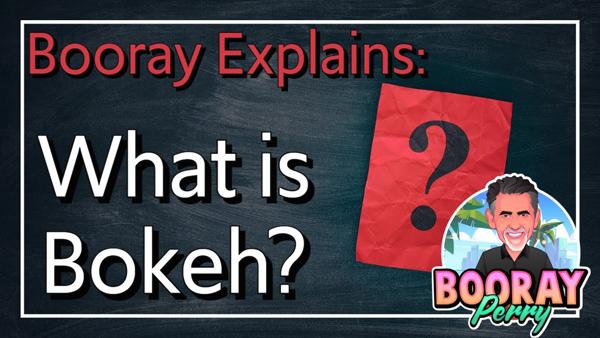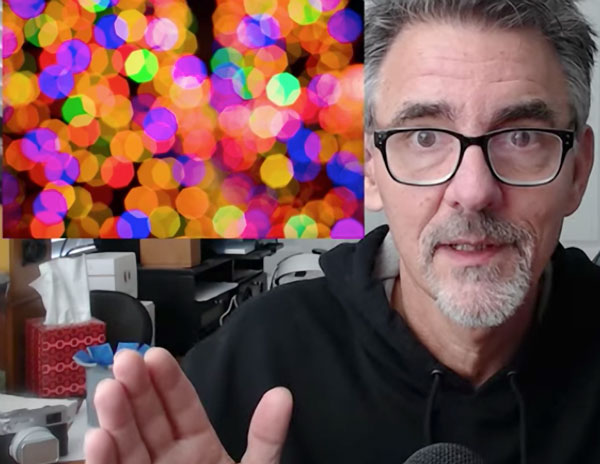BOKEH: How to Use it for Photos that Grab Attention (VIDEO)

Bokeh is a popular topic these days, especially for those contemplating the purchase of a new lens. As you’ll see in the straightforward tutorial below, it’s also an imaging characteristic that can be manipulated with whatever lenses you own.
In this video from Booray Explains, an instructional channel that’s a favorite among Shutterbug readers, you’ll learn what the concept means, how it affects your images, and the difference between bokeh that's considered “good” or “bad.” Even the correct pronunciation of the Japanese word ‘bokeh” is subject to debate, and instructor Booray Perry provides his take on that too.
In simple terms, bokeh describes the out-of-focus areas behind and in front of the main subject of a photo; or specifically, the quality of those areas. As you’ll see, the nature of bokeh is affected by several factors, including the lens in use, how many aperture blades go into its construction, the chosen f/stop, and other variables.
If you’re wondering, why you should care, this tutorial will answer all the questions in barely five minutes. Once you understand this basic concept you’ll be able to manipulate out of focus areas within the frame to make your primary subject stand out from surrounding areas—all with the most pleasing effect possible.

Perry explains that a key consideration is the shape of the blurry portions of a scene; in other words, whether they’re soft and round (good), hexagonal, octagonal, or another less preferable shape that can be detrimental to the look of an image.
One variable that’s easy to control is your f/stop setting. Here Perry says, “If your aperture is wide open, the diaphragm blades of the lens are retracted, thereby providing a round blur.” As you’ll see, this changes as you stop down—sometimes by even one stop.
Another key consideration is the quality of the glass in your lens, and there’s nothing you can do about that (other than buying a new one). But Perry does have several tips for making the most of what you have, and better images will result from following his tips.
There’s much more easy-to-understand advice on Perry’s popular YouTube channel, and we encourage you to take as look.
We also recommend checking out another quick explainer we posted awhile back on the concept of lens compression, and what this means for your photographs.










































